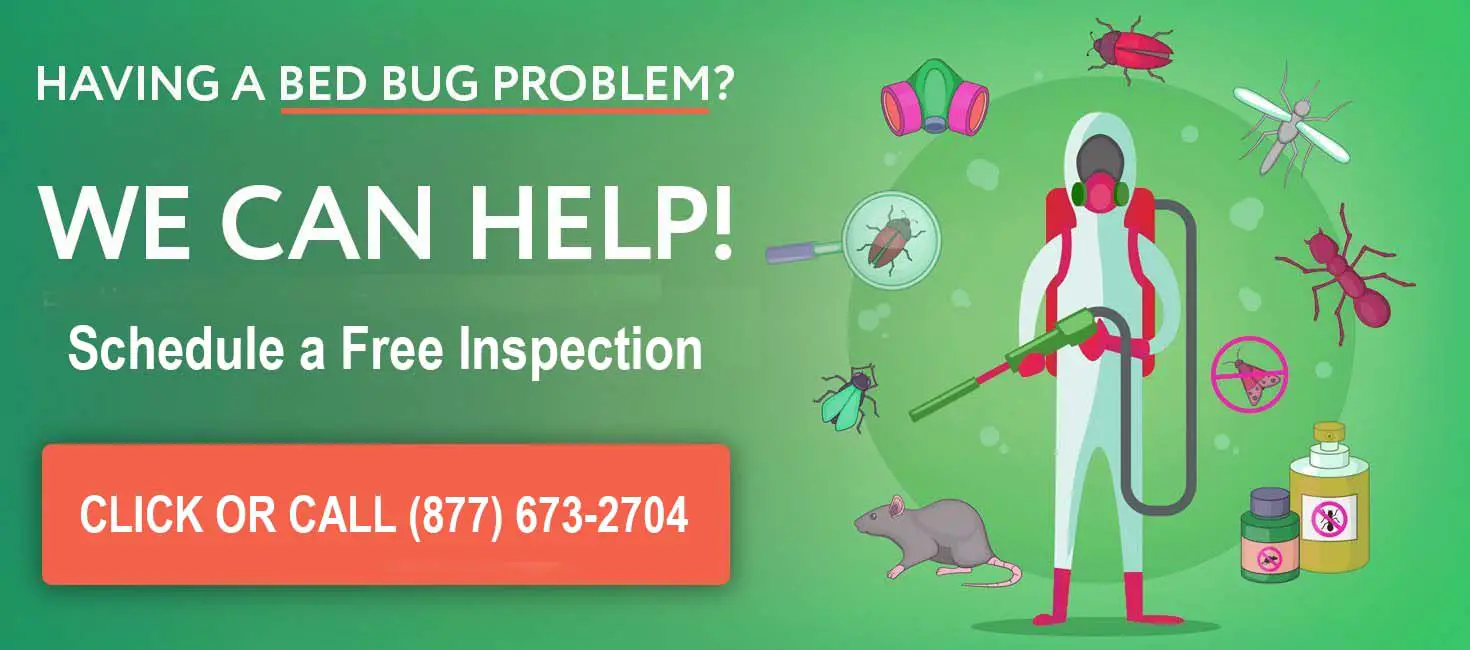Call 1-877-673-2704 for a free extermination quote or do-it-yourself with our featured bed bug kit.
an Bed Bugs Get on Dogs and Cause Bites? Our Take On the Problem
by Esorsdog
(Riverside, CA)
After discovering these bites on my mom and checking her bed I found the little creatures, after way over a $100 worth of products, home remedies as well, I called a professional. Most wanted to just tent the place without even seeing how bad we might have them. We found a great company Truly Nolen, which of course was not cheap either. They were very thorough, explained and showed me everything, I was very impressed. We are 3 weeks since the initial spraying and still no bugs.
Our Response
Hi, thank you for sharing your experience and for your question! Bed bugs can cause a lot of confusion when it comes to pets. Let’s clarify whether they can affect dogs and what might be causing the bites on your pet’s belly.
Can Bed Bugs Get on Dogs?
- Unlikely to Infest Pets: Bed bugs do not live on pets the way fleas or ticks do. They are attracted to humans because of exposed skin and prefer to feed on stationary hosts, like people sleeping in beds.
- Incidental Contact: While bed bugs may occasionally bite pets if humans are unavailable, this is rare. Bed bugs do not latch onto fur or stay on pets for long periods.
- No Long-Term Carriage: Unlike fleas or ticks, bed bugs cannot cling to or travel on dogs effectively. They are more likely to hide in bedding, furniture, or other crevices near where pets or humans sleep.
What Might Be Causing the Bites on Your Dog?
The bites you’ve noticed on your dog’s belly with small pus pockets are unlikely to be from bed bugs. Here are some possibilities:- Fleas: Flea bites are a common cause of red, itchy bumps on pets. They tend to focus on areas with less fur, such as the belly or inner thighs.
- Mites: Certain types of mites, such as mange mites or harvest mites, can cause irritation and small pustules on a dog’s skin.
- Allergic Reaction: Dogs can develop skin reactions to bites from other insects, environmental allergens, or even cleaning products used during bed bug treatment.
What You Can Do
- Inspect for Fleas or Mites: Check your dog’s fur and skin closely for signs of fleas or mites. Look for small black specks (flea dirt) or tiny moving insects.
- Clean Your Dog’s Bedding: Wash your dog’s bedding and toys in hot water to eliminate any potential pests or allergens.
- Apply Pet-Safe Treatments: If you suspect fleas or mites, use a veterinarian-recommended flea or mite treatment.
- Monitor the Bites: Keep an eye on the affected area for signs of infection, such as increased redness or swelling. If symptoms worsen, consult your veterinarian.
When to See a Veterinarian
If your dog continues to develop bites or shows signs of discomfort, it’s best to consult a veterinarian. They can examine the skin and recommend treatments to address the issue effectively.While bed bugs are unlikely to infest or travel on dogs, bites from other pests like fleas or mites are more plausible explanations for the marks on your dog’s belly. By following the steps above and consulting a veterinarian if necessary, you can ensure your dog stays healthy and comfortable. Let us know if you have more questions or updates—we’re here to help!
Best regards,
Jeff,
Editor and Publisher
Bed Bugs Handbook
Join in and write your own page! It's easy to do. How? Simply click here to return to Bug Bites.

